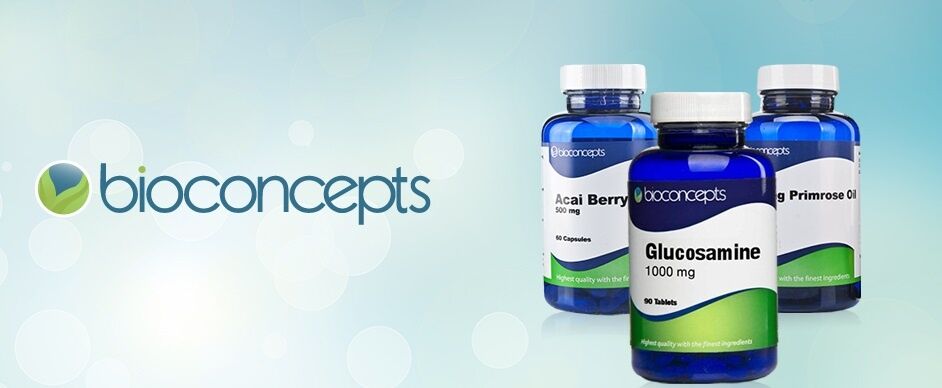
What is collagen & what is it used for?
Collagen is a unique structural protein, the main component of various connective tissues and essential building material to renew cells all over the body. People sometimes overlook the importance of collagen, but it is actually responsible for 80% of all connective tissues, being found mostly in fibrous tissues such as tendons, ligaments and skin and is also abundant in corneas, cartilage, bones, blood vessels, the gut and intervertebral discs. It accounts for 25-35% of the whole body’s protein content and constitutes 1-2% of muscle tissue.
As collagen plays an essential role for so many different elements of the body, it is produced within the body in large amounts. However, as we begin to age our body’s production of collagen slows down and eventually ceases, meaning that we stop gaining all of its benefits. Scientists have suggested that the body begins to lose its collagen production at the age of 25 and is accelerated after the age of 30 when the body loses an average of 1.5% of collagen per year. It is around the age of 40 that we will begin to notice the changes that are associated with the ageing process and by this time, we will already have lost around 15% of natural collagen stores.
With diminishing collagen, the body will begin to experience the major signs of ageing including sagging, dull skin with wrinkles and fine lines, weak muscles and the deterioration of joint health. You may also find yourself at risk of heart-related conditions such as heart attacks and heart disease as well as joint damage like rheumatoid arthritis and osteoarthritis.
How can I enhance the benefits of collagen?
The benefits of collagen can be enhanced by ensuring an adequate intake of vitamin C. This is a vital nutrient that is required to increase collagen production as it provides collagen’s stability and structure. The vitamin C it vital to the synthesis of collagen and its production is reliant on the inclusion of this vitamin. In addition to this, amino acids must also be present to ensure that this delicate material transitions from a pro-collagen structure to the actual collagen material.

